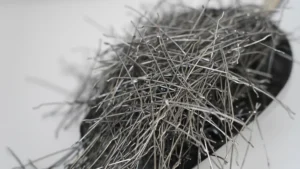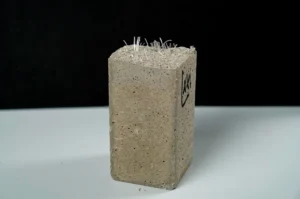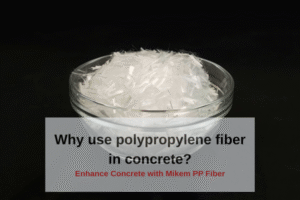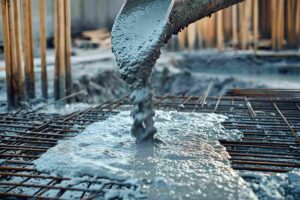
Steel Fiber Reinforced Concrete
Concrete is one of the most widely used construction materials in the world. It is strong, durable, and easy to mold into different shapes. However, plain concrete has some weaknesses, especially when it comes to cracks, impact, or heavy loads. This is where Steel Fiber Reinforced Concrete (SFRC) comes in. By adding small steel fibers into the concrete mix, we can greatly improve its strength, toughness, and performance.
In this blog, we’ll explore what steel fiber reinforced concrete is, how it’s used, its benefits and drawbacks, and why Mikem’s steel fiber is a smart choice for your projects.
What is Steel Fiber Reinforced Concrete?
Steel Fiber Reinforced Concrete is a type of concrete that includes small steel fibers distributed throughout the mix. These steel fibers are short and thin, usually about 0.5 to 1 inch long and shaped like tiny needles, hooks, or strips. When mixed into concrete, they help hold the mixture together, especially when cracks begin to form.
Think of the steel fibers like a net inside the concrete. While normal concrete can crack under stress, the steel fibers act like bridges across these cracks, holding everything together and stopping the cracks from growing. This makes the concrete stronger, tougher, and more resistant to damage.
Unlike traditional reinforced concrete, which uses long steel bars or mesh in specific areas, steel fiber reinforced concrete spreads strength throughout the entire structure, making it especially useful in areas where cracks may occur in multiple directions.
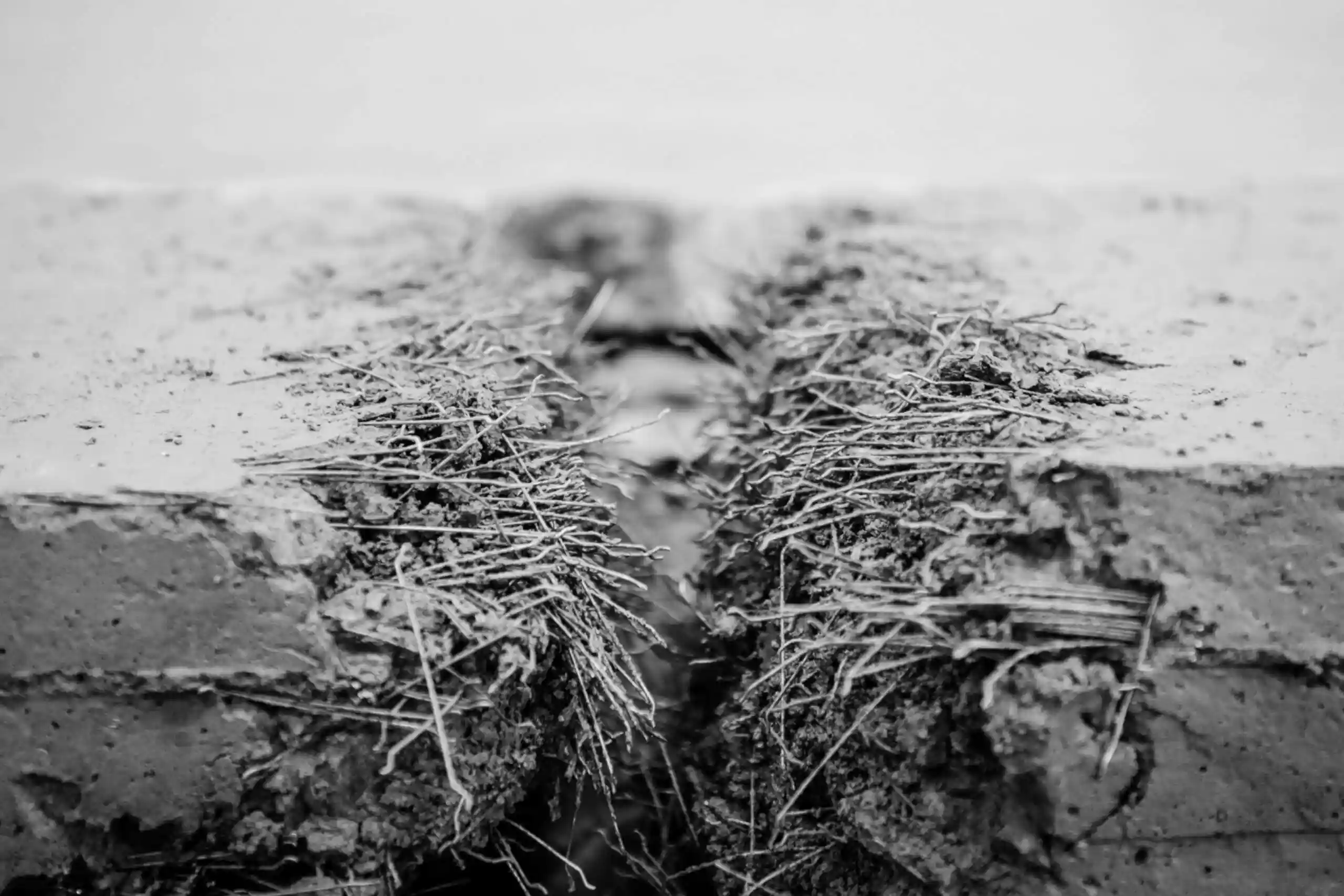
Applications of Steel Fiber Reinforced Concrete
Steel fiber reinforced concrete is used in many construction projects that need stronger and more durable concrete. Here are some common applications:
1. Industrial Floors and Warehouses
Heavy machinery, forklifts, and constant movement can damage regular concrete floors. SFRC adds toughness and wear resistance, making floors last longer with fewer cracks and repairs.
2. Tunnels and Underground Structures
Tunnels face high pressure from the earth and water. SFRC provides extra strength and crack control, which helps keep tunnels safe and stable over time.
3. Airport Runways and Pavements
These surfaces must handle heavy loads and constant traffic. Steel fibers help reduce cracking from temperature changes and repeated stress from planes or vehicles.
4. Precast Concrete Products
Precast items like pipes, panels, and blocks can benefit from added strength and durability. SFRC helps reduce breakage during transport and installation.
5. Shotcrete for Slopes and Walls
In sprayed concrete (shotcrete), steel fibers improve performance on slopes, retaining walls, and mining projects by increasing adhesion and crack control.
6. Bridge Decks and Road Repairs
Bridges and roads often experience vibrations and load shifts. Using SFRC helps reduce maintenance needs by increasing impact and fatigue resistance.
Read Fiber-Reinforced Concrete to learn more about the applications of fibers.

Advantages and Disadvantages of Using Steel Fiber in Concrete
🔹Advantages of Steel Fiber Reinforced Concrete
- Improved Crack Resistance
Steel fibers control both small and large cracks by distributing stress across the surface. This reduces the chance of sudden failure. - Higher Flexibility and Toughness
Compared to plain concrete, SFRC can bend slightly without breaking. This makes it ideal for areas with vibrations or shifting loads. - Better Impact and Wear Resistance
It performs well in high-traffic or high-impact areas like warehouses, highways, or factory floors. - Time and Cost Savings
In many cases, SFRC can replace traditional reinforcement (like steel bars), which saves time during construction and reduces labor costs. - Durability in Harsh Environments
Steel fibers help protect concrete from damage caused by freezing, thawing, or chemicals, making it great for outdoor and industrial use. - Less Shrinkage Cracking
As concrete dries, it shrinks, which can lead to cracks. Steel fibers help reduce shrinkage cracks by holding the material together.
🔹Disadvantages of Steel Fiber Reinforced Concrete
- Higher Initial Cost
Steel fibers add to the cost of the concrete mix. However, this can be balanced by lower maintenance and longer lifespan. - Mixing Challenges
To ensure even distribution, the mixing process must be carefully controlled. Uneven mixing can lead to weak spots. - Surface Finish Limitations
In some cases, steel fibers may stick out from the surface, which may not be ideal for decorative or smooth finishes. - Corrosion Risk
If exposed to moisture over time, steel fibers can rust. Choosing high-quality, coated, or stainless steel fibers can reduce this risk.
Related reading: Why use polypropylene fiber in concrete?
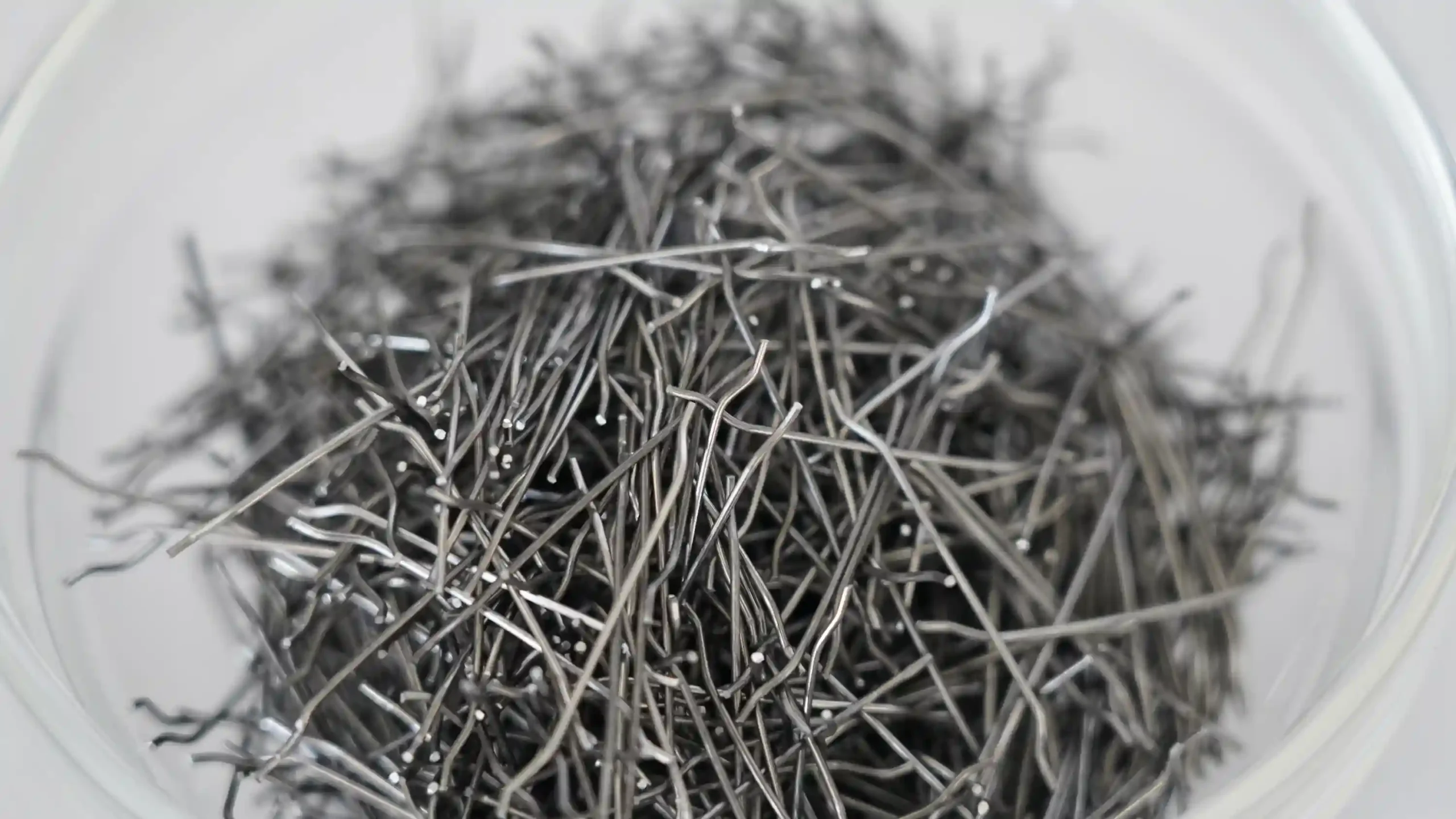
Mikem Steel Fiber — Superior Concrete Fiber Additive
At Mikem, we specialize in producing high-quality steel fibers that are trusted by construction professionals around the world. Our steel fiber products are engineered to deliver top performance across a wide range of applications. Here is our steel fiber range:
- Glued Hooked End Steel Fiber
- Brass Coated Micro Steel Fiber
- Hooked End Steel Fiber
- Glued Brass Coated Hooked End Steel Fiber
Why Choose Mikem Steel Fiber?
High Tensile Strength: Our steel fibers have strong pulling resistance, improving the crack resistance and toughness of your concrete.
Uniform Shape and Size: We offer various types, including hooked-end, straight, and corrugated fibers, designed for even distribution and strong bonding.
Corrosion Resistance: Our fibers are treated for durability, helping your concrete last longer even in tough environments.
Custom Solutions: We can recommend the right fiber type, dosage, and mix design based on your project needs.
Reliable Supply: With advanced production facilities and quality control, we ensure every batch meets high standards.
Whether you’re working on an industrial floor, a tunnel lining, or a precast concrete product, Mikem’s steel fiber can help you build stronger, longer-lasting structures.
Final Thoughts
Steel Fiber Reinforced Concrete is a smart solution for modern construction needs. It offers better crack control, impact resistance, and long-term durability, especially in challenging environments. While it comes with a few extra costs and mixing needs, the performance benefits are hard to ignore.
With Mikem’s premium steel fibers, you can be confident your concrete will stand the test of time. Contact us today to learn more about how our products can support your next project — or ask for a free sample to see the difference for yourself.
Related Articles

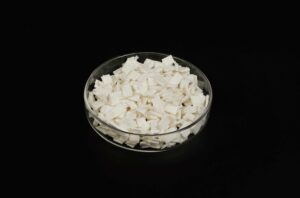
What Is Cellulose Fiber? Types, Benefits & Applications in Industry

